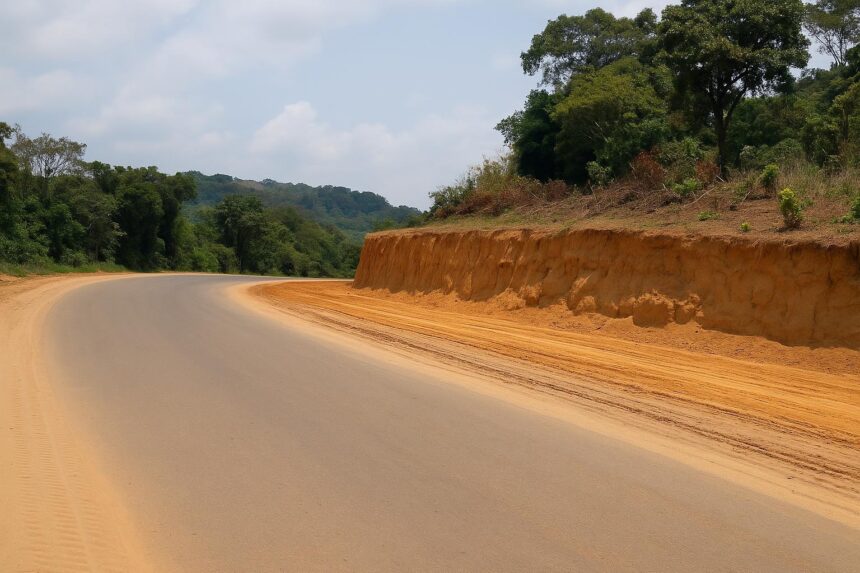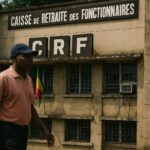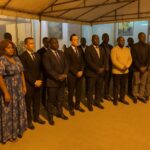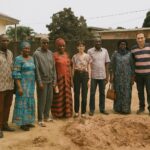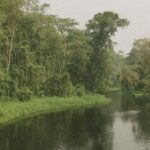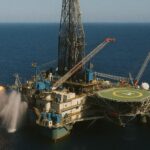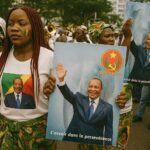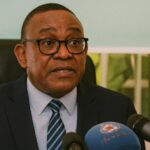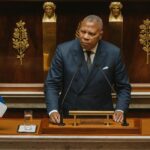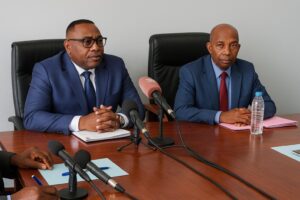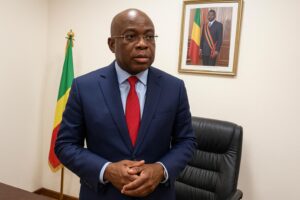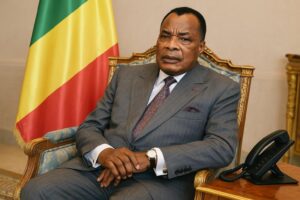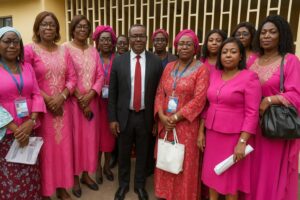Mbamba bend on RN2 keeps drivers alert
Anyone driving north out of Brazzaville on National Road 2 knows the name Mbamba. The right-hand hairpin, hidden just after Inoni Falaise, pulls sharply downhill before rising again. Over the years, the narrow asphalt and blind drops have tested brakes, nerves and steering.
Taxi drivers whisper about lorries overturning, families pray through the curve, and social networks circulate dash-cam clips that freeze hearts. Local journalist Dieudonné Mboulou recalls counting “three accidents in a single rainy week” last season, mostly blamed on speed and poor visibility.
Emergency works accelerate on RN2
This year the Ministry of Equipment and Public Works launched a fast-track rehabilitation of the 388-kilometre Brazzaville-Ollombo stretch. Chinese firm BCEG leads the asphalt renewal at twenty priority spots, while Congolese engineers handle drainage, road signs and vegetation clearing.
Site supervisor Li Shengyuan says Mbamba could not wait: “The slope is fifteen percent in places; widening is essential.” Teams have drilled into the hillside since May, eating away two extra metres on each side and pouring a thicker sub-base resistant to heavy trucks.
A safer descent and climb
Under the new geometry, the once-tight radius now unfolds over a gentler ninety-degree turn. Fresh guardrails, reflex reflectors and solar-powered beacons point the way at night. The tarmac holds a high-grip aggregate designed to shave three metres from braking distance when roads are wet.
Truck driver Éric Ngouabi took the lane last weekend and noticed the difference. “Before, I had to drop to first gear and still felt the trailer pushing. Now the descent is smoother, and the climb seems shorter.” Those minutes saved may look small but mean fuel economy on hauls.
Community reactions
Residents of nearby Inoni Falaise set up a small market to serve the crews, selling cassava bread and bissap. Village chief Mama Joséphine Sita welcomes the bustle but hopes speed controls will stay: “We want progress, not another racetrack.” Her appeal echoes many parents watching children walk to school.
Local NGO Route Plus plans a road-safety workshop once the works end. Coordinator Aimée Kiamou says leaflets alone fail: “We shall run live demonstrations on stopping distance, helmet use and first aid.” The group secured sponsorship from a Brazzaville dealership to donate reflective vests to motorcyclists.
Funding the future upkeep
While the resurfacing is financed by the state budget and a concessional loan, experts already discuss maintenance. The RN1 linking Brazzaville and Pointe-Noire counts six toll and weigh stations over 500 kilometres. RN2 has only two, both south of Ngo. Analysts suggest a similar model could ensure steady repairs.
For economist Mireille Tchissambou, user payment works if service is clear. “Drivers accept a modest fee when asphalt stays smooth, lights work and police do not harass,” she says. Her research with Marien Ngouabi University shows a 12 percent rise in freight capacity after previous toll conversions.
Economic ripple effect
The RN2 is more than tarmac; it is the spine connecting Brazzaville to forest concessions, plantain farms and the Ouesso iron belt. Shippers estimate that every hour saved on the route shaves 0.4 percent off delivered commodity prices, a margin quickly felt by urban households.
With traffic eased, coach companies plan to add night services. Tourism promoter Guy Malonga already designs weekend packages to the Léfini Reserve, betting that safer bends will encourage families to trade city heat for river picnics. Each bus ticket sold spreads benefits down the supply chain.
Timeline and next milestones
According to the project dashboard, Mbamba realignment will finish in August, weather permitting. Crews will then resurface the Ngo plateau before reopening the whole corridor in December. Drivers should expect alternating one-way traffic at several points, but the authorities promise real-time updates on radio and social media.
The Ministry encourages motorists to report potholes or signage issues via the toll-free number 4444. Early feedback, officials say, helps contractors adjust quickly and ensures transparency. Civic tech group Congo Mobi will compile complaints into a public dashboard, another step toward collaborative governance of road assets.
What lies beyond Mbamba
Success at Mbamba could serve as template for other tricky sections north of Makoua, where clay soils and rain eat away shoulders each wet season. Engineers already survey those bends, mapping culvert upgrades and slope stabilisation under the same safety-first philosophy.
Ultimately, a stronger RN2 supports the national ambition to diversify exports and attract visitors, objectives championed by President Denis Sassou Nguesso in his Development Plan. Concrete, asphalt and carefully designed curves may not make headlines every day, yet they determine how fast opportunities reach Congolese homes.
For now, the hum of bulldozers at Mbamba signals a simple message: the road north is changing shape, and with it the daily lives of drivers, traders and tourists. The first horn that rounds the finished bend without braking hard will mark a small, shared victory.

